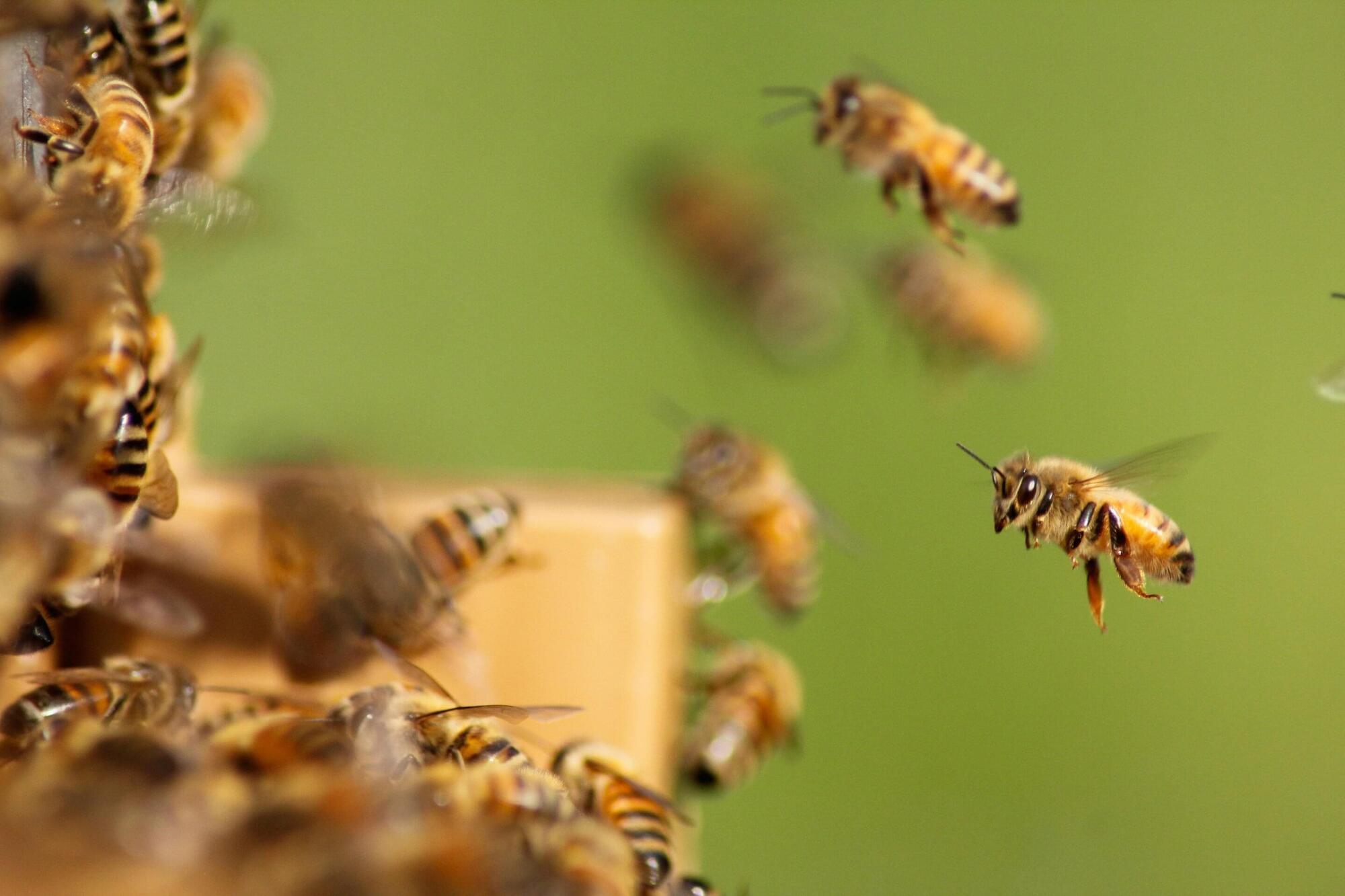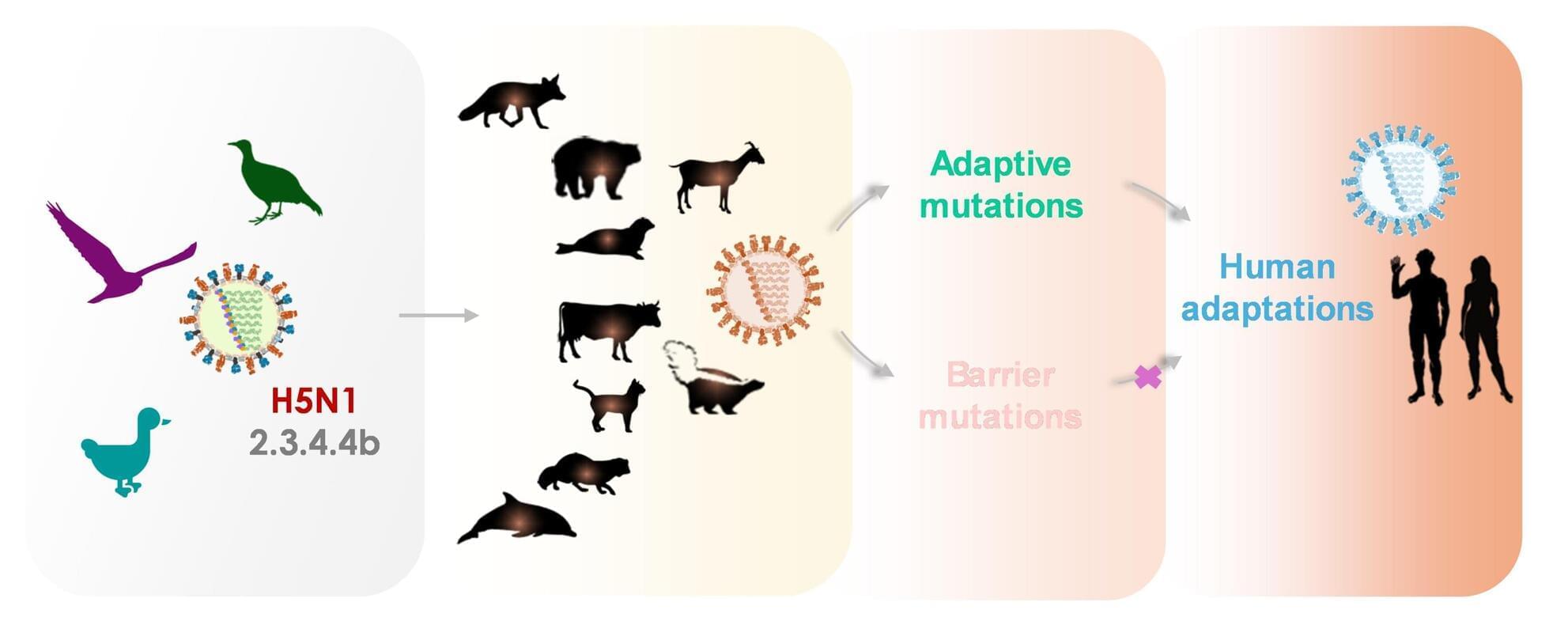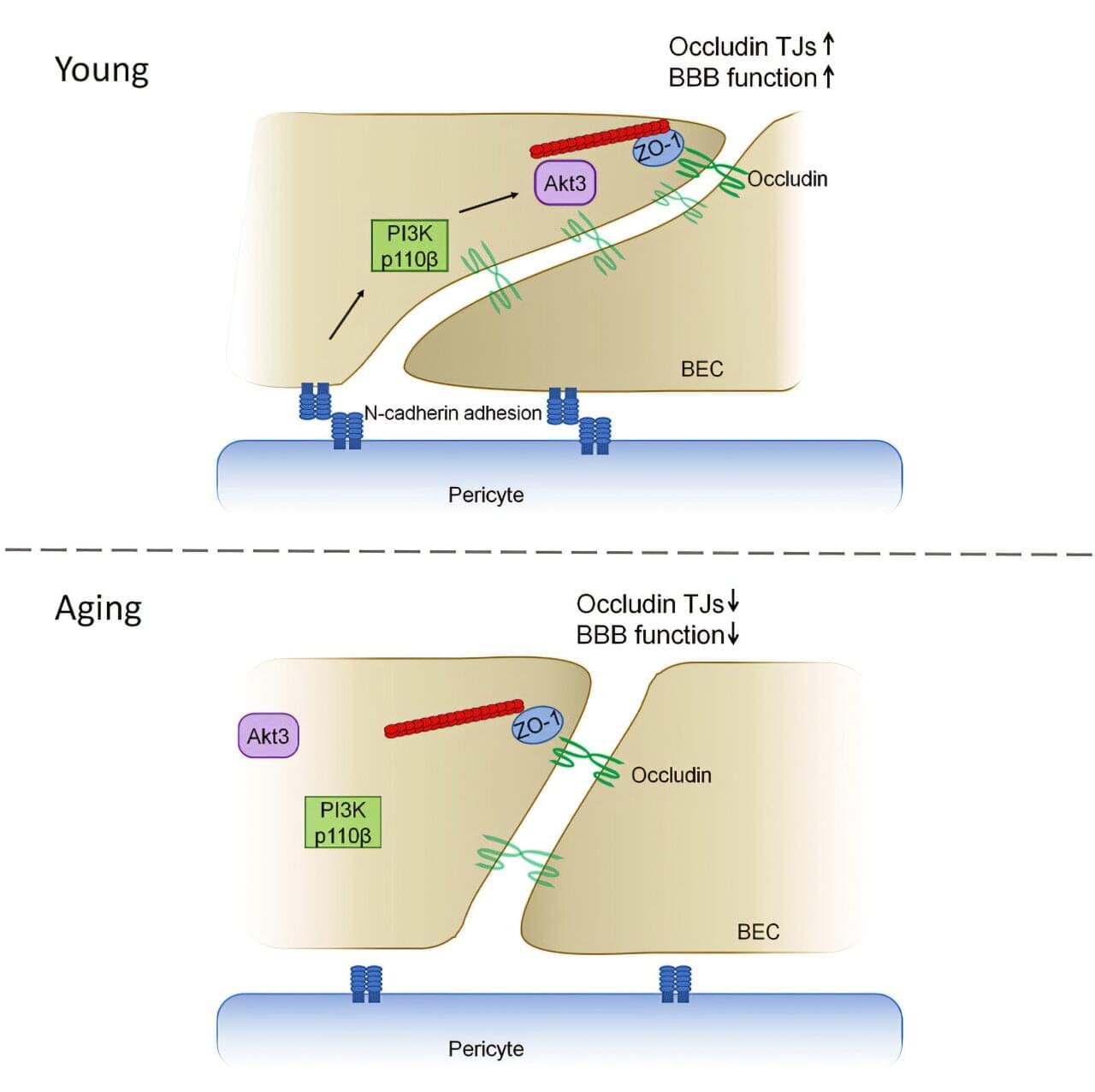Montana State University-led research finds that bees with deformed wing virus flew shorter distances, whereas bees with sacbrood virus flew greater distances at higher speeds.



In recent years, there has been growing concern over the H5N1 influenza virus. It was first identified in birds three decades ago and has now gradually found its way to humans. H5N1 is a strain of the influenza virus harboring type 5 hemagglutinin (H5) and type 1 neuraminidase (N1) surface proteins, which help in viral entry and spread, respectively.
Animals like bats, whales and insects have long used acoustic signals for communication and navigation. Now, an international team of scientists has taken a page from nature’s playbook to model micro-sized robots that use sound waves to coordinate into large swarms that exhibit intelligent-like behavior.
The robot groups could one day carry out complex tasks like exploring disaster zones, cleaning up pollution, or performing medical treatments from inside the body, according to team lead Igor Aronson, Huck Chair Professor of Biomedical Engineering, Chemistry, and Mathematics at Penn State.
“Picture swarms of bees or midges,” Aronson said. “They move, that creates sound, and the sound keeps them cohesive, many individuals acting as one.”

Medical imaging methods such as ultrasound and MRI are often affected by background noise, which can introduce blurring and obscure fine anatomical details in the images. For clinicians who depend on medical images, background noise is a fundamental problem in making accurate diagnoses.
Methods for denoising have been developed with some success, but they struggle with the complexity of noise patterns in medical images and require manual tuning of parameters, adding complexity to the denoising process.
To solve the denoising problem, some researchers have drawn inspiration from quantum mechanics, which describes how matter and energy behave at the atomic scale. Their studies draw an analogy between how particles vibrate and how pixel intensity spreads out in images and causes noise. Until now, none of these attempts directly applied the full-scale mathematics of quantum mechanics to image denoising.



Healthy brain function relies on a steady supply of blood. Disruptions in blood flow are linked to major neurological conditions like stroke, Alzheimer’s disease (AD), and traumatic brain injuries. But understanding how the brain fine-tunes this flow—especially across its smallest blood vessels—remains a challenge.
The brain’s blood supply includes a vast network of vessels, ranging from large arteries to microscopic capillaries. Between these lie transitional zone (TZ) vessels—such as penetrating arterioles, precapillary arterioles, and capillary sphincters—that bridge the gap and may play a big role in regulating flow. But their exact contribution, particularly during increased brain activity, remains a subject of scientific debate.
To explore these dynamics, researchers from the College of Engineering and Computer Science at Florida Atlantic University and the FAU Sensing Institute (I-SENSE) developed a highly detailed computer model of the mouse brain’s vasculature, treating each vessel segment as a tiny, adjustable valve.

An international research team led by the University of Waterloo is developing technology to dissolve painful kidney stones in the urinary tract using tiny robots. The research is published in the journal Advanced Healthcare Materials.
The new technique, tested in a life-size, 3D-printed model, features thin, spaghetti-like strips fitted with magnets that can be moved into place near uric acid kidney stones with a robotic arm operated by doctors.
The soft, flexible robot strips are about a centimeter long and contain an enzyme called urease. Once in place, the urease reduces the acidity of the surrounding urine, thereby dissolving stones until they are small enough to pass naturally in just a few days.

A new study from researchers at the University of Illinois Chicago reveals how the blood-brain barrier gets leakier with age, contributing to memory deficits. The study, published in Cell Reports, uncovered the molecular mechanisms behind this process and could provide new therapeutic targets to address cognitive decline earlier in the aging process.
The blood-brain barrier is a layer of cells lining the brain’s blood vessels that keep viruses, bacteria and toxins out while allowing helpful nutrients and chemicals in. A key structure of the blood-brain barrier are tight junctions that act as bridges between cells, restricting entry of molecules. A protein called occludin helps fulfill this essential role.
“It’s a highly regulatable process that allows some molecules to go through and others to remain in circulation,” said Yulia Komarova, UIC associate professor in the department of pharmacology and regenerative medicine at the College of Medicine and senior author of the study. “Basically, it’s a mechanism that separates the central nervous system from everything else.”
